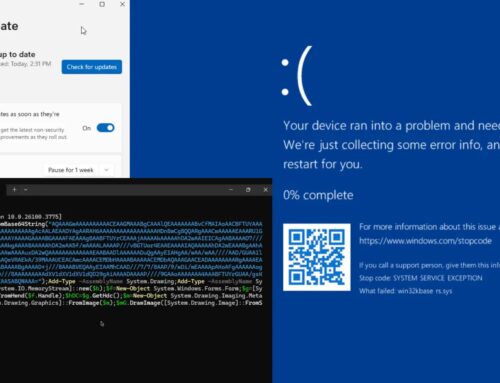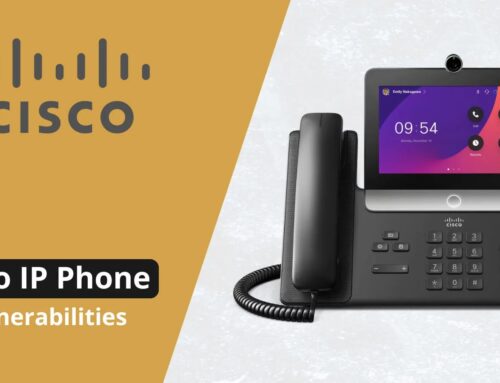
WordPress Theme RCE Vulnerability Actively Exploited to Take Full Site Control
Urgent Warning: Critical WordPress Theme RCE Vulnerability Under Active Attack
In a significant cybersecurity development, a severe Remote Code Execution (RCE) vulnerability within the widely used “Alone” WordPress theme is currently being actively exploited by malicious actors. This critical flaw allows attackers to gain complete control over affected websites, posing an immediate and high-stakes threat to thousands of online presences.
The urgency of this situation cannot be overstated. Website administrators, developers, and IT professionals utilizing the “Alone” theme must take immediate action to mitigate the risk and protect their digital assets.
Understanding the Threat: CVE-2025-5394
The vulnerability, officially identified as CVE-2025-5394, has been assigned a maximum CVSS score of 9.8. This near-perfect score signifies its extreme severity, indicating that exploitation requires little to no user interaction and can lead to total compromise of the affected system without complex prerequisites.
The “Alone” theme, often adopted by charity organizations and NGOs, is particularly vulnerable. This RCE flaw specifically impacts versions 7.8.3 and below. Estimates indicate that over 9,000 websites globally are currently exposed to this critical vulnerability, putting sensitive data, user trust, and operational continuity at severe risk.
How RCE Vulnerabilities Lead to Full Site Control
Remote Code Execution (RCE) vulnerabilities are among the most dangerous types of security flaws. They allow an attacker to execute arbitrary code on a remote server. In the context of a WordPress site, this means an attacker can:
- Install backdoors to maintain persistent access.
- Modify, delete, or exfiltrate sensitive data from the database (e.g., user credentials, financial information).
- Deface the website or inject malicious content.
- Use the compromised server as a platform for further attacks, such as launching spam campaigns or distributing malware.
- Gain full administrative control, effectively owning the entire website.
The active exploitation of CVE-2025-5394 means that threat actors are actively scanning for and compromising vulnerable sites, making swift remediation absolutely crucial.
Remediation Actions: Protect Your WordPress Site Now
If your website uses the “Alone” WordPress theme, immediate action is required to prevent compromise or to recover from a potential attack. Follow these steps diligently:
- Update Immediately: The most crucial step is to update your “Alone” theme to the latest patched version. While the source notes specifically mention versions up to 7.8.3 being vulnerable, always update to the latest available version provided by the theme developer. Check the official theme changelog or marketplace for update instructions.
- Backup Your Site: Before performing any updates, create a complete backup of your website files and database. This will allow for restoration in case of an unforeseen issue during the update process.
- Scan for Compromise: Even if you update, it’s essential to scan your site for any signs of compromise. Attackers often leave backdoors or malicious files that persist even after a theme update. Use reputable security plugins or server-side scanners.
- Review User Accounts: Check for any newly created or suspicious administrator accounts. Change passwords for all legitimate administrative users.
- Implement Web Application Firewall (WAF): A WAF can provide an additional layer of defense by filtering malicious traffic before it reaches your WordPress application, offering protection against known and even some zero-day exploits.
- Principle of Least Privilege: Ensure all user accounts and roles have only the necessary permissions to perform their tasks.
Tools for Detection and Mitigation
Leveraging appropriate tools can significantly aid in identifying vulnerabilities, detecting compromises, and enhancing your WordPress site’s security posture. Below is a table of recommended tools:
| Tool Name | Purpose | Link |
|---|---|---|
| Wordfence Security | WordPress security plugin for firewall, malware scan, login security, and live traffic monitoring. | https://www.wordfence.com/ |
| Sucuri Security | Comprehensive WordPress security plugin for malware scanning, integrity checks, and post-hack security actions. | https://sucuri.net/wordpress-security/ |
| MalCare Security | Managed security service for malware detection, removal, and firewall protection for WordPress. | https://www.malcare.com/ |
| Imunify360 | Server-level security solution for web hosting providers offering WAF, malware scanning, and patch management. | https://www.imunify360.com/ |
| Nessus | Vulnerability scanner for identifying security weaknesses in various systems, including web applications. | https://www.tenable.com/products/nessus |
Key Takeaways for WordPress Security
The exploitation of CVE-2025-5394 serves as a stark reminder of the ongoing threats to web applications. Maintain a proactive security posture:
- Stay Updated: Regularly update all themes, plugins, and the WordPress core itself. This is the single most effective defense against known vulnerabilities.
- Choose Reputable Sources: Only download themes and plugins from trusted developers and marketplaces.
- Regular Backups: Implement a robust backup strategy for your entire website.
- Security Audits: Periodically audit your website for vulnerabilities, especially after major changes.
- Principle of Least Privilege: Limit access permissions for all users and services to only what is strictly necessary.
By adhering to these practices, organizations can significantly reduce their attack surface and enhance the overall security of their WordPress installations against critical threats like the “Alone” theme RCE vulnerability.





